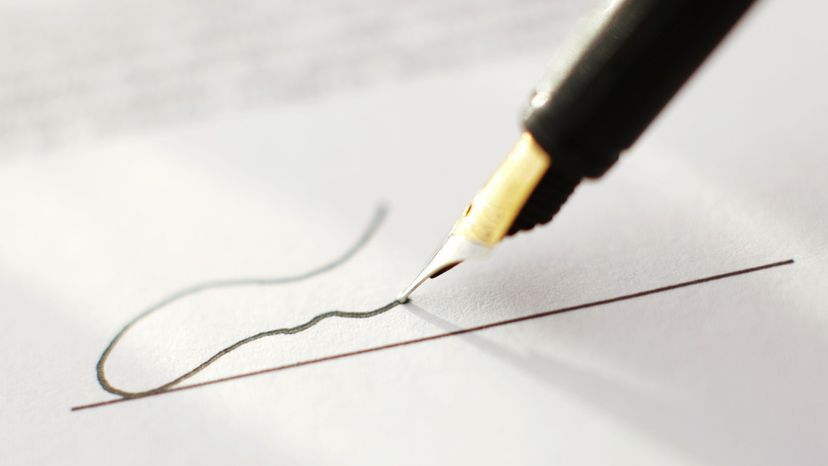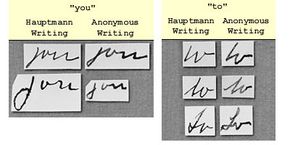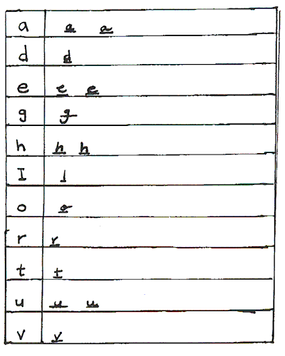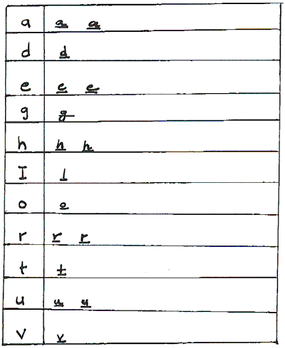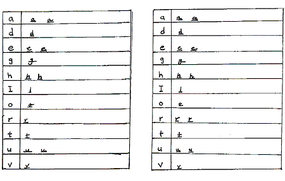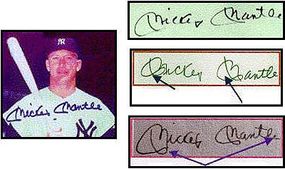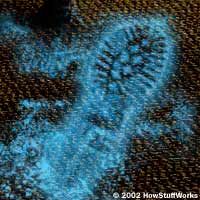While an expert analyst can detect many instances of forgery, a good simulation can be undetectable. One example of a forgery the experts missed is the case of the "lost" Hitler diaries. (Although there's a good reason why they missed it.)
In the 1980s, a man named Konrad Kujau, a supposed collector of Nazi memorabilia, approached a German publishing company with 60 handwritten journals that Adolf Hitler purportedly wrote that had, according to Kujau, just been discovered in the wreckage of an airplane that had left Germany after World War II. The texts seemed to be genuine, and Kujau had an apparently good reputation, so the publishing company paid $2.3 million for the lot.
Initial Confirmation
The company immediately published the diaries in installment form in a German newspaper owned by the same publishing company, and they sold the syndication rights to several international publications, including The London Times. It was The Times that requested a professional handwriting analysis to ensure authenticity.
Three international experts in forensic handwriting analysis compared the diaries to exemplars that Hitler apparently wrote. All agreed that the same person who wrote the exemplars wrote the diaries. The diaries were for real.
Material Differences
It was an analysis of the ink and paper used to write the diaries that revealed them as fakes. An ultraviolet-light examination revealed that the paper contained an ingredient that wasn't used in paper until 1954. Hitler died in 1945.
Further forensic tests on the ink showed it had been applied to the paper within the last 12 months.
A Second Twist
As it turns out, though, the handwriting analysis was in fact correct — the person who'd written the diaries had also written the exemplars. Kujau, later found out to be an experienced con artist, had also forged the exemplars the police were using as comparison documents.
Lessons Learned
The Hitler diaries debacle is an extreme case of fraud and expert forgery that spanned every stage of the analysis. And while this level of expertise is rare in forgeries, the fact remains that if the investigation had relied on handwriting analysis alone, the "lost Hitler diaries" would now be part of the history books.
Some other issues affecting the accuracy of handwriting analysis include:
- You can't make a meaningful comparison between uppercase and lowercase letters.
- Drugs, exhaustion or illness can significantly alter a person's handwriting.
- The quality of the exemplars determines the quality of a comparison analysis, and good exemplars can be hard to come by.
In the initial comparison work done in the case of John Mark Karr, who confessed in August 2006 to the 1996 murder of six-year-old JonBenet Ramsey in Colorado, the ransom note found in the Ramsey house was long enough to be useful as one side of the equation, but finding good exemplars was an issue.
In a series of preliminary handwriting analyses, documents expert John Hargett, former head of document analysis at the U.S. Secret Service, compared the ransom note to two exemplars: a yearbook inscription written when Karr was in high school and a job application Karr filled out in Thailand.
Hargett found no matches, although the results were inconclusive because the yearbook inscription was written more than 20 years ago and in an artistic writing style, and Karr filled out the Thailand job application in all uppercase letters, while the ransom note was written in both uppercase and lowercase letters.
DNA testing later made further handwriting comparisons unnecessary, as Karr's DNA was not a match for the DNA found on JonBenet's body.
The Biggest Drawback
Certainly, the most significant shortcoming of using handwriting analysis as a scientific basis is the fact that it is ultimately subjective. This means that its acceptance in the scientific community and as evidence in court has historically been shaky.
Only recently, as the training of analysts has become more standardized and organizations have put certification procedures in place, has handwriting analysis started to gain more acceptance as a reproducible, peer-reviewed scientific process.
The results of a handwriting comparison are still not always accepted as evidence in a court case, partly because the science has a few more hurdles to clear, including determining a reliable error rate in analysis and setting standards for the comparison process.
The addition of computerized handwriting analysis systems to the process, including the FISH (Forensic Information System for Handwriting) system, which allows examiners to scan in handwritten documents and digitize the comparison process, may speed up the process of general acceptance of handwriting analysis as a science and as expert evidence in court.
